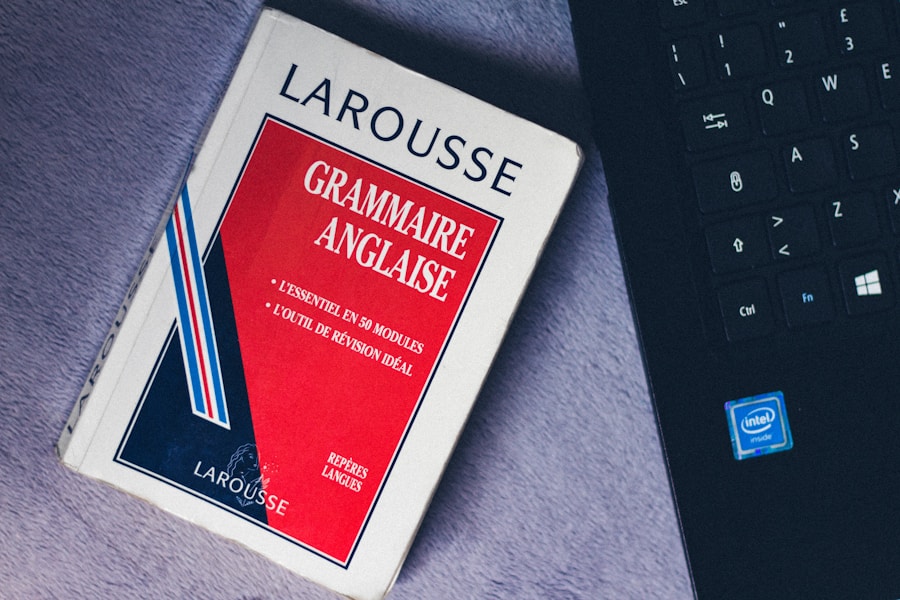The Grammar-Translation Method (GTM) is a traditional approach to language teaching that has been widely used for centuries, particularly in the context of teaching classical languages such as Latin and Ancient Greek. This method emphasizes the explicit teaching of grammar rules and the translation of texts, often prioritizing written language over spoken communication. In GTM, students typically engage with the language through reading and writing exercises, focusing on the memorization of vocabulary and grammatical structures.
The method is characterized by its systematic approach to language learning, where students are expected to learn the rules governing sentence structure and syntax before applying them in practical contexts. One of the defining features of the Grammar-Translation Method is its reliance on the teacher as the primary source of knowledge. In this framework, the instructor often delivers lectures on grammatical concepts, followed by exercises that require students to translate sentences from their native language into the target language and vice versa.
This process not only reinforces grammatical understanding but also cultivates a deep appreciation for the literature and cultural nuances embedded within the language. While GTM has been criticized for its lack of focus on communicative competence, it remains a foundational method in many educational settings, particularly in academic institutions where classical languages are taught.
Key Takeaways
- The Grammar-Translation Method focuses on teaching grammar rules and translating between native and target languages.
- The method has its roots in the classical language education of the 19th century and was widely used in language teaching until the mid-20th century.
- Key principles of the Grammar-Translation Method include a focus on written language, vocabulary memorization, and translation exercises.
- Criticisms of the method include its lack of emphasis on speaking and listening skills, its limited effectiveness in real-life communication, and its outdated approach to language learning.
- Modern applications and adaptations of the Grammar-Translation Method include using it as a supplement to communicative language teaching and incorporating technology for interactive translation exercises.
History and Development of the Grammar-Translation Method
The Rise of the Grammar-Translation Method
As the 19th century progressed, the Grammar-Translation Method began to be applied to modern languages, such as French and German. This shift was partly driven by the increasing importance of these languages in international diplomacy and commerce. Language educators adapted the method to suit modern language instruction while retaining its core principles.
The Development of Textbooks and Teaching Materials
Textbooks were developed that focused on grammatical rules, vocabulary lists, and translation exercises, which became staples in language classrooms across Europe and beyond. The method’s structured approach appealed to both teachers and students, as it provided clear objectives and measurable outcomes.
The Appeal of the Grammar-Translation Method
The Grammar-Translation Method’s popularity can be attributed to its structured approach, which provided clear objectives and measurable outcomes. This appealed to both teachers and students, making it a widely adopted method in language education.
Key Principles and Techniques of the Grammar-Translation Method

At the heart of the Grammar-Translation Method are several key principles that guide its implementation in language education.
Students are taught grammatical rules in a systematic manner, often through direct explanations from the teacher.
This explicit approach allows learners to understand how sentences are constructed and how different grammatical elements interact within a given context. For instance, students might learn about verb conjugations or noun-adjective agreement through detailed charts and examples before applying these rules in translation exercises. Another fundamental technique employed in GTM is the use of translation as a primary tool for language learning.
Students are frequently tasked with translating sentences or passages from their native language into the target language, which reinforces their understanding of vocabulary and grammar. This technique not only aids in vocabulary acquisition but also encourages learners to think critically about sentence structure and meaning. For example, when translating a complex literary text, students must grapple with idiomatic expressions and cultural references, thereby deepening their engagement with both the language and its associated culture.
Criticisms and Limitations of the Grammar-Translation Method
Despite its historical significance and structured approach, the Grammar-Translation Method has faced considerable criticism over the years. One of the primary critiques is its limited focus on speaking and listening skills.
Critics argue that this method neglects essential aspects of language acquisition, such as pronunciation, intonation, and conversational fluency, which are crucial for effective communication. Moreover, detractors point out that GTM can lead to a lack of motivation among students. The repetitive nature of translation exercises may become monotonous, resulting in disengagement from the learning process.
Many learners find it challenging to see the practical application of their studies when they are primarily focused on grammar rules and translation tasks. This disconnect can hinder their overall language proficiency and limit their ability to use the language in authentic contexts. As a result, educators have sought alternative methods that prioritize communicative competence and interactive learning experiences.
Modern Applications and Adaptations of the Grammar-Translation Method
In recent years, there has been a resurgence of interest in the Grammar-Translation Method, albeit with adaptations that address its limitations. Some educators have recognized that while GTM may not be sufficient on its own for developing communicative skills, it can be effectively integrated with more modern approaches to create a balanced curriculum. For instance, teachers may incorporate communicative activities alongside traditional grammar instruction to provide students with opportunities to practice speaking and listening in meaningful contexts.
Additionally, technology has played a significant role in revitalizing GTM for contemporary learners. Online platforms and language learning apps now offer interactive exercises that combine grammar practice with engaging content. These tools allow students to receive immediate feedback on their translations while also exposing them to authentic language use through multimedia resources such as videos, podcasts, and articles.
By blending traditional grammar instruction with modern technology, educators can create a more dynamic learning environment that caters to diverse learning styles.
The Role of the Grammar-Translation Method in Language Teaching

Building a Strong Foundation in Grammar
While it may not fully equip students for real-world communication, its emphasis on reading comprehension and literary analysis fosters an appreciation for cultural contexts that enrich language learning.
Integrating Communicative Methodologies
As educators navigate the evolving landscape of language teaching, they can draw upon the strengths of GTM while integrating more communicative methodologies. By doing so, they can create a comprehensive curriculum that not only emphasizes grammatical accuracy but also encourages fluency and confidence in using the target language in everyday situations.
A Valuable Tool in Language Education
Ultimately, the Grammar-Translation Method remains a valuable tool in the arsenal of language educators, serving as a bridge between traditional scholarship and modern communicative practices.
If you are interested in exploring the philosophy behind language learning and teaching methods, you may find Introduction to Language, Meaning, and Knowledge: Exploring the Philosophy of the Vienna Circle and Russell’s Theories to be a fascinating read. This article delves into the theories and concepts that underpin language acquisition and communication, providing valuable insights for educators and learners alike.























+ There are no comments
Add yours